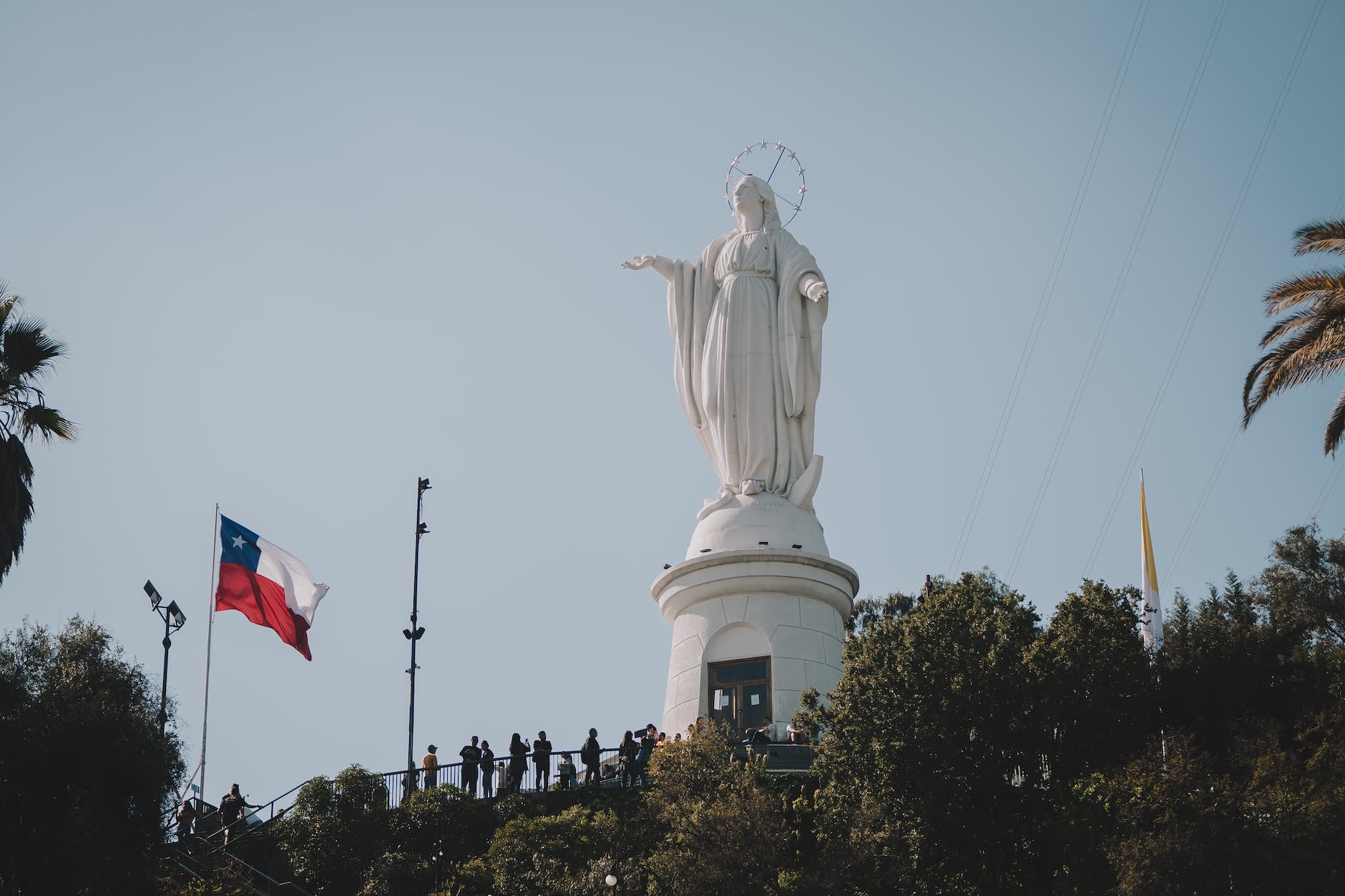—
Psychedelic art, the form of expression that captures the transcendent and otherworldly nature of psychedelic experiences, has the power to do more than just dazzle the eye. It can serve as an avenue for emotional healing, a stepping stone in trauma recovery, and a tool for personal growth.
Psychedelics have been long associated with spiritual awakening and deep introspection. From ancient times, substances like psilocybin, LSD, and DMT have been noted for eliciting profound transformations in conscious awareness. They unveil the mind’s mysteries and allow individuals to explore the recesses of their subconscious.
With this, art – a universally recognized method of expressing emotion and narrating personal journey – intertwines with psychedelics to create an avenue for mental health progress. This intersection births therapeutic art, a modality that uses creative processes to improve and enhance physical, mental, and emotional wellbeing.
Art therapy is an established way of accessing deep-seated emotions and unearthing issues that might be too challenging to put into words. By introducing psychedelics into the equation, it can amplify these emotional expressions, articulating the raw, unfiltered emotions elicited by these substances.
Among the range of emotions these psychedelic-induced artworks capture, trauma recovery stands out. The process of creating art after a psychedelic experience could help surface suppressed memories and emotions. This can aid in the healing process of trauma victims, providing them an outlet to express their feelings and begin their journey towards recovery.
Studies reveal that psychedelic therapy aids in treating PTSD, anxiety, and depression. It is believed to help the patient develop a new perspective, fostering acceptance and understanding of their experiences. This breakthrough in perspectives, when translated into art, becomes a tangible representation of these inner shifts.
As a result, the art produced in these states becomes transformative art; it emanates from the deepest layers of the psyche and has a profound effect on the artist and the viewer. The artist’s recovery process becomes integrated in their artwork, making it an agent for change, personal growth, and emotional healing.
This transformative nature of psychedelic art goes beyond the artist to infuse a broader audience with inspiration and healing. Anyone who interacts with this kind of art can experience the healing imbued in the piece. It is called transformative because it has the power to transform not just the artist but also anyone who experiences it.
Furthermore, the psychedelic art brings aside an opportunity for collective healing. Festivals and exhibitions showcasing these pieces nurture spaces where common experiences could be held, healing narratives unified, and therapies communally embraced. It reiterates the universal human experience of struggling and overcoming and hence, forms a cornerstone in the community mental health.
Nevertheless, it’s important to remember that while this therapeutic art form presents numerous potential benefits, it’s also crucial that those exploring psychedelics do so responsibly, ideally under the guidance of a professional. Psychedelics are powerful substances that can have both positive and negative effects, and using them requires thoughtful consideration and respect.
In conclusion, the therapeutic potential of psychedelic art lies in its ability to function as an expressive medium for psychological exploration, emotional healing, and personal growth. While more research is needed to fully understand and validate this potential, preliminary findings indicate that we’re on the path to a deeper understanding of the human psyche, and the innovative modalities through which we can promote healing and mental health wellbeing.








